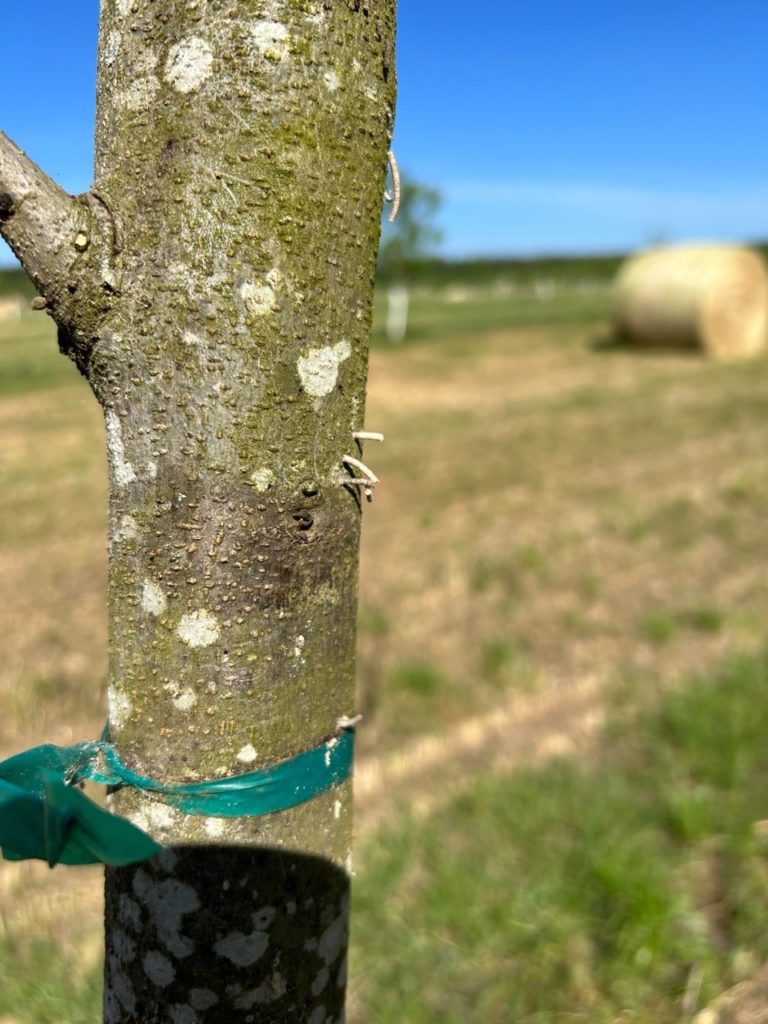By Clint Thompson
Pecan producers in the Southeast should be mindful that ambrosia beetles are currently active and pose a threat to younger tree orchards.

University of Georgia (UGA) Cooperative Extension pecan specialist Lenny Wells cautioned growers about the beetles in the UGA Extension Pecan Blog.
“They start emerging in that February-March timeframe, but they’re usually a problem for us through May; sometimes even into June, but usually through May we see issues,” Wells said. “This year had been so cool, they probably stopped and started a few times in their emergence. Now that things are going to be warming up and stay warm most likely as opposed to a warm period and a cool period like we get during the spring, once it starts warming up and stays that way, it’ll bring them out. We’re seeing that now.
“Normally after May they start to back off and we don’t see them as big of a problem as they are early in the season.”
Younger plantings, those between 1-and-3-years old, are vulnerable to these insects. Sprays should be conducted every 10 days to two weeks since a pyrethroid only has a residual for a short timeframe. The insecticide is no longer active if it rains following an application.
Click here for more information about ambrosia beetle management.
Beetles live in wooded areas and respond to stress chemicals released from newly planted trees. According to the University of Georgia Extension pecan blog, management starts with growers establishing beetle traps to determine the first flight. Producers should scout pecan trees once hits of beetles begin showing up on traps. Growers should scout for small holes or ‘toothpicks’ in the trees.
Feature keyphrase: Ambrosia beetles
Slugs: Georgia Alabama pecans ambrosia beetles
Category: Pecan









